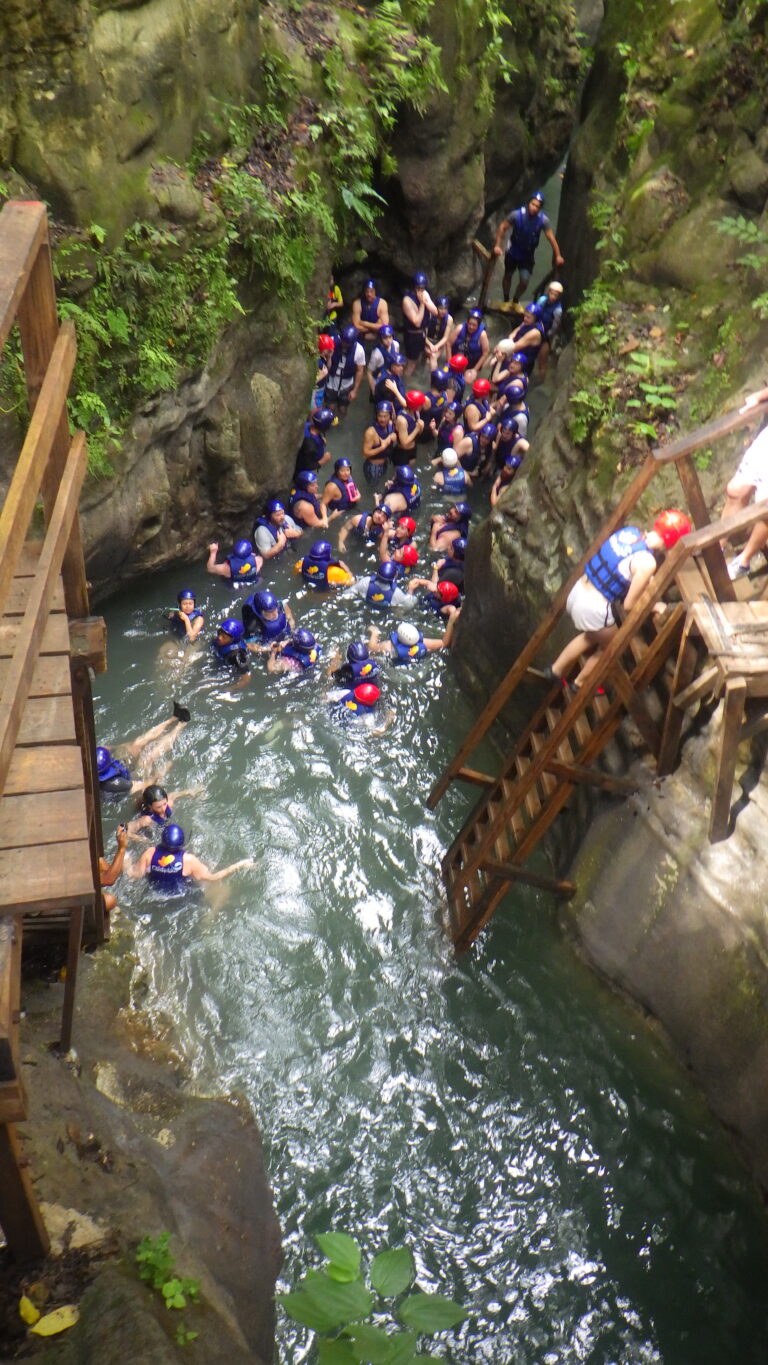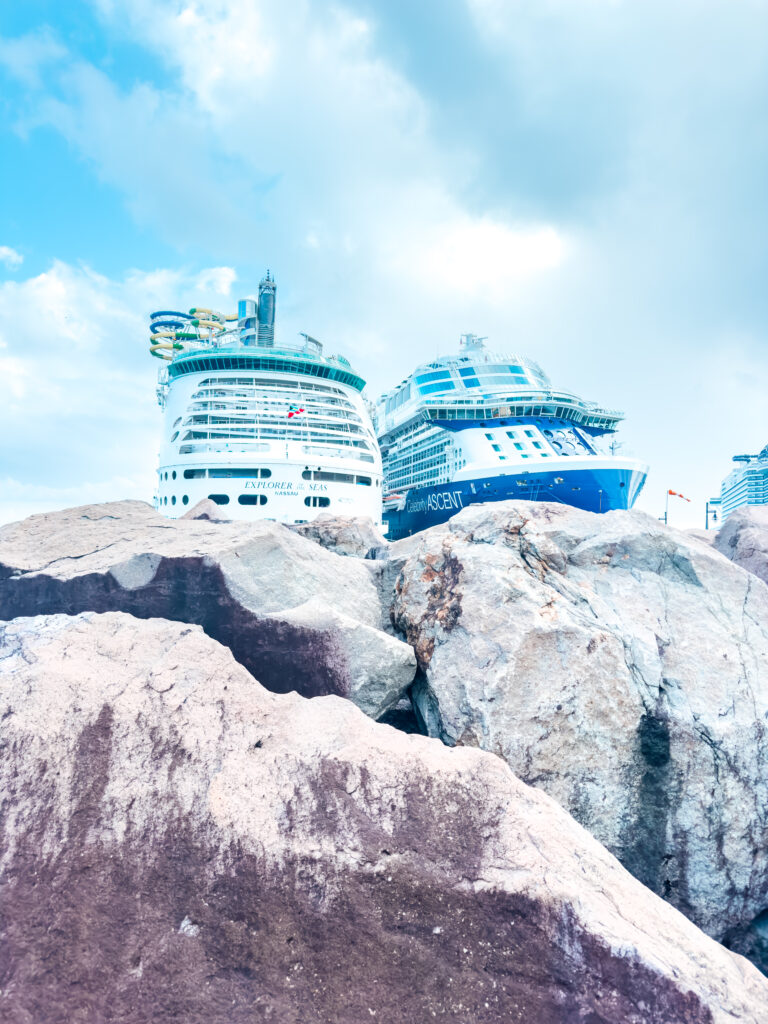Cruise Embarkation and How to Handle Luggage
For some new cruisers, the cruise embarkation process may seem a bit overwhelming, and they may be curious about how to handle their…
Cruising is a wonderful way to see the world, but it differs from other travel forms. Learn insights, tips, and advice to plan your cruise.

For some new cruisers, the cruise embarkation process may seem a bit overwhelming, and they may be curious about how to handle their…

If you’ve never cruised before, you’re probably curious about what to expect on port days and how to prepare for them. Unlike sea…

When you book a hotel room, it’s easy, but there are special considerations to make when booking a cruise. With a hotel, you…

When it comes time to book a cruise, is it better to book it on your own, or to use a travel agent?…

Once your cruise is booked, you’ll need to make some other important decisions, such as whether or not to book excursions at your…

I’m shocked by the frequency with which I see a disturbing (and completely avoidable) event happen at debarkation. That is the situation where…

Discover the essential of passport to cruise requirements and ensure smooth sailing on your next adventure.

I remember the first time I booked a cruise vacation. I was nervous, scared, and excited, but also intimidated because, at the time,…

Port vs. Starboard, Forward vs. Aft — what are these strange words? What’s the difference between port and starboard? Even cruisers who sail…

The cruise industry hasn’t just bounced back to pre-pandemic levels, but it’s positively booming, and as demand rises, pricing is, as well. Many…
Drop in your email here to catch up with all of my latest cruise updates and recommendations. As a special bonus, once you sign up you’ll receive my Ultimate Cruise Packing Guide FREE!
This will close in 0 seconds